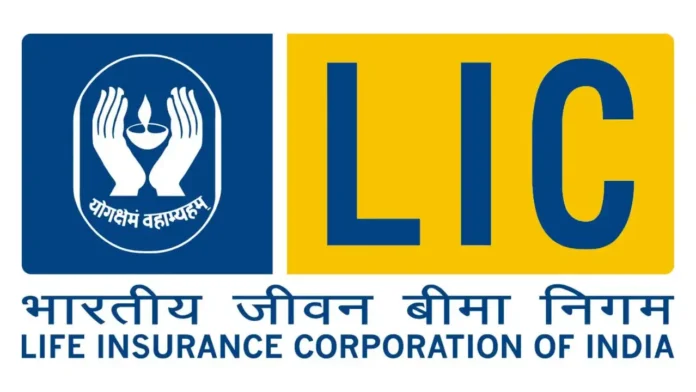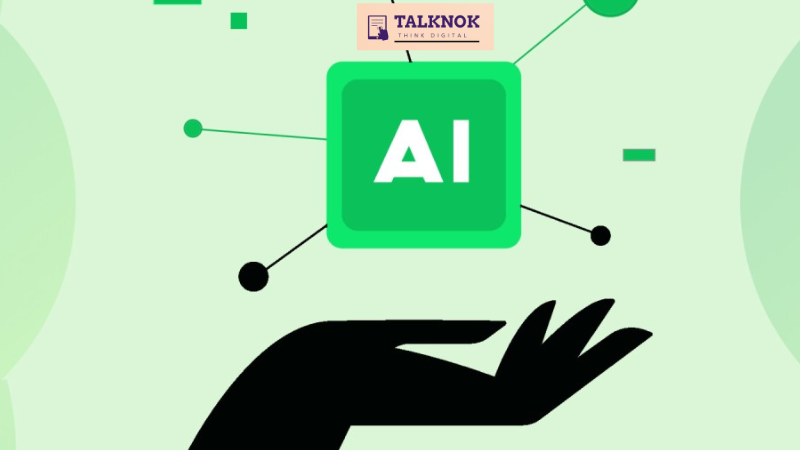Nationwide Recession in USA due to Tariffs

Nationwide Recession in USA due to Tariffs: As we all know Tariffs are taxes imposed on imported goods. They make foreign products more expensive, which is supposed to encourage buying domestic goods instead. But how could that cause a recession?
A recession is when the economy shrinks for two consecutive quarters. If the US imposes tariffs, other countries might retaliate with their own tariffs on US exports. That could hurt American companies that sell abroad, leading to lower revenues and maybe layoffs. For example, if China puts tariffs on US agricultural products, farmers might lose a big market, leading to decreased income and job losses in that sector.
Also, if imported goods become more expensive because of tariffs, that could lead to higher prices for consumers and businesses that rely on those imports. For instance, if there’s a tariff on steel, then car manufacturers in the US would have to pay more for steel, which might increase the cost of cars. If car prices go up, people might buy fewer cars, leading to a slowdown in the auto industry. That could result in layoffs there too.
Higher consumer prices due to tariffs could also contribute to inflation. If the Federal Reserve responds to inflation by raising interest rates, that could slow down borrowing and investment. Higher interest rates make loans more expensive for businesses and consumers, which might reduce spending and investment, further slowing the economy.
Another angle is the impact on supply chains. Many US companies rely on imported components. If tariffs make those components more expensive, companies might face higher production costs. They might have to raise prices, which reduces demand, or absorb the costs, which hurts their profit margins. Either way, it could lead to lower production and possibly layoffs.
Uncertainty might play a role too. Businesses don’t like uncertainty. If there’s a trade war with tariffs going up and down, companies might delay investments or hiring because they’re not sure what the future holds. This hesitation can lead to reduced economic activity across the board.
The combination of these factors—reduced exports, higher prices, supply chain disruptions, inflation, interest rate hikes, and uncertainty—could all contribute to a decrease in GDP. If multiple sectors of the economy are hit at the same time, like manufacturing, agriculture, and consumer spending, that could tip the economy into a recession.
More recently, the tariffs during the Trump administration led to some economic strain, but not a full-blown recession. So, context matters.
Also, how other policies interact. If the government enacts fiscal policies to counteract the tariffs’ effects, maybe through stimulus or subsidies, that could mitigate the recession risk. But if there’s no such response, the tariffs’ negative effects might be more pronounced.
So, putting it all together: tariffs can lead to a recession through reduced trade, retaliatory measures, higher costs for businesses and consumers, inflationary pressures, supply chain issues, and overall economic uncertainty. These factors decrease economic activity, leading to lower GDP growth and potentially a recession if the downturn is severe enough.
Tariffs, when imposed extensively, can contribute to a nationwide recession through several interconnected mechanisms:
Retaliatory Trade Measures
Other countries may respond with tariffs on U.S. exports, reducing demand for American goods (e.g., agricultural products, machinery). This hurts industries reliant on global markets, leading to revenue declines, layoffs, and regional economic distress.
Consumer and Business Costs
Tariffs raise prices on imported goods (e.g., steel, electronics), increasing production costs for domestic manufacturers. Higher costs may lead to reduced output, job cuts, or price hikes passed to consumers, dampening spending.
Inflation and Monetary Policy
Rising prices from tariffs can spur inflation. If the Federal Reserve raises interest rates to combat inflation, borrowing costs increase, slowing business investment and consumer spending (e.g., mortgages, auto loans).
Supply Chain Disruptions
Companies dependent on imported materials face delays and cost spikes, forcing production cuts or operational inefficiencies. This disrupts output across sectors like automotive and technology.
Uncertainty and Investment Freeze
Prolonged trade disputes create uncertainty, causing businesses to delay expansions, hiring, or R&D. Reduced capital expenditure weakens economic growth.
Sectoral Contagion
Declines in export-heavy sectors (agriculture, manufacturing) can ripple through the economy, affecting logistics, retail, and services, amplifying unemployment and income loss.
Historical Context
While modern tariffs (e.g., U.S.-China trade war 2018–2019) caused localized strain but no recession, larger-scale protectionism (e.g., Smoot-Hawley Tariff Act of 1930) exacerbated economic downturns by stifling global trade.
Mitigating Factors
Fiscal stimulus or subsidies could offset tariff impacts. However, without such measures, the cumulative drag from reduced trade, higher prices, and uncertainty increases recession risk.
All in all, It’s a matter of Economic change specially in Trumps administration
Widespread tariffs risk triggering a recession by stifling trade, inflating costs, disrupting supply chains, and eroding business/consumer confidence. The severity depends on the scale of tariffs, retaliatory responses, and policy interventions.
A nationwide recession is a significant and widespread economic downturn affecting an entire country, characterized by a decline in multiple economic indicators over a sustained period. Here’s a structured overview:
Definition & Indicators
Official Definition: The National Bureau of Economic Research (NBER) defines a recession as a substantial decline in economic activity across the economy, lasting more than a few months, evident in:
Real GDP (negative growth for two consecutive quarters is a common benchmark).
Employment (rising unemployment).
Causes
- Financial Crises: E.g., 2008 housing market collapse.
- External Shocks: Pandemics (COVID-19), geopolitical conflicts, or natural disasters.
- Monetary Policy: Aggressive interest rate hikes to combat inflation.
- Demand Shocks: Sudden drops in consumer/business spending.
- Supply Chain Disruptions: Leading to stagflation (high inflation + low growth).
Effects
- Economic: Rising unemployment, reduced consumer spending, business closures, stock market declines.
- Social: Increased poverty, mental health strain, political instability.
- Sectoral: Discretionary sectors (travel, luxury goods) hit harder than essentials (healthcare, utilities).
Policy Responses
- Fiscal Policy: Stimulus packages, unemployment benefits, tax cuts.
- Monetary Policy: Lowering interest rates, quantitative easing.
- Challenges: Inflation risks, debt accumulation, and limited policy tools post-intervention.
Measurement & Prediction
- Key Metrics: GDP, unemployment claims, PMI, consumer confidence.
- Leading Indicators: Yield curve inversion, stock market trends, housing starts.
Historical Examples
- Great Depression (1930s): Severe unemployment and deflation.
- 2008 Great Recession: Triggered by financial sector collapse.
- 2020 COVID-19 Recession: Sharp but brief due to unprecedented fiscal/monetary support.
Key Concepts
- Recession vs. Depression: Depressions are longer and more severe.
- Cyclical vs. Structural Unemployment: Recessions primarily drive cyclical job losses.
- Global Interconnectedness: National recessions can ripple through trade and financial markets.
Personal & Structural Impacts
- Individuals: Job insecurity, reduced savings, credit access issues.
- Vulnerable Groups: Gig workers, small businesses, and debt-heavy households face heightened risks.







